There are many different types of lenses available for interchangeable lens cameras. Oftentimes it may appear that some of these lenses have overlapping uses. As a result, it can be difficult knowing which lens to buy for specific types of photography.
We understand this, and in this article, we compare two lens types that may initially appear the same – macro vs telephoto lenses. We look at what each lens type is, how it works and the difference between them, and conclude by giving examples of situations when each lens could be used.
In brief, when comparing telephoto vs macro lenses, telephotos are ideal for sports, wildlife and portrait photography, while macro lenses are best for detailed closeup shots.
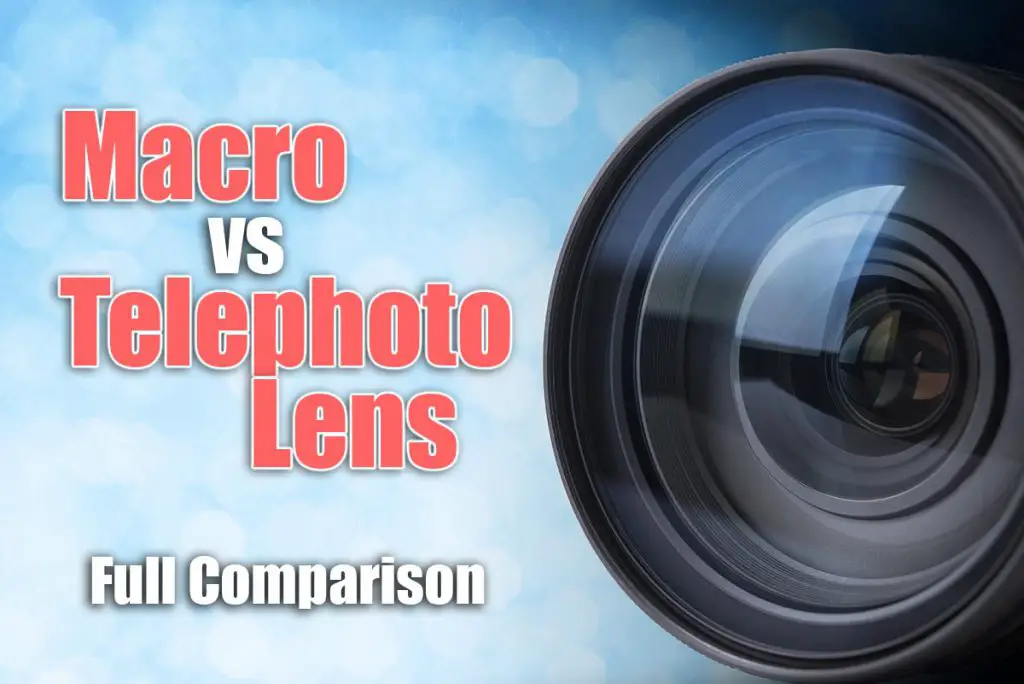
What is a Macro Lens?
A macro lens is specifically designed for taking extreme closeup/detail photos. For example, a detailed photo of an insect, or a flower.
This is achieved via two main factors. Firstly, macro lenses usually have a much smaller minimum focusing distance. This means you can initially get much closer to your subject.
Secondly, macro lenses also have a greater magnification ratio. This is the relationship between the size of the subject’s protection and the image sensor. True macro lenses offer a 1:1 magnification ratio or higher. This means that the subject appears larger on the sensor and thus also allows for greater detail.
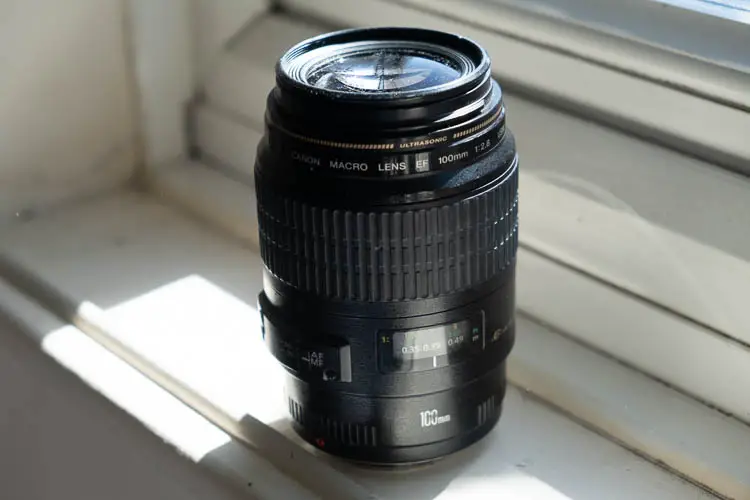
Pros
- Improved minimum focusing distance: As mentioned, macro lenses usually have a small minimum focusing distance. This is excellent for extreme macro shots of subjects like flowers, plants, and insects.
- Greater subject magnification: The magnification ratio also means that subjects appear larger on the sensor and thus your image. As a result, you can gain far greater detail than a standard lens.
- Larger maximum apertures: Generally, true macro lenses have a maximum aperture of f/2.8 or larger. This means you can control the depth of field to a higher degree, and focus on single parts of your subject.
Cons
- Portability: Due to the lens elements and construction required, macro lenses are usually quite heavy and bulky compared to standard prime lenses.
What is a Telephoto Lens?
A telephoto lens is a lens that makes a subject appear closer than it actually is. Technically speaking, a telephoto lens has a focal length that is shorter than the physical length of the lens.
Telephoto lenses are usually split into two main types:
- Medium Telephoto: 70mm-200mm
- Super Telephoto: 300mm+
Generally, telephoto lenses do not have a close minimum focusing distance. This means you cannot get as close to your subject to photograph it, and means that a telephoto lens is not usually suitable for macro photography. Also, telephoto lenses usually have a smaller magnification ratio than macro lenses.
Unlike macro lenses, telephoto lenses are available in both prime and zoom variations. For example, a common telephoto focal length range is 70-200mm, or even 100-400mm. This means the lenses are more flexible and can be used easier in different situations.
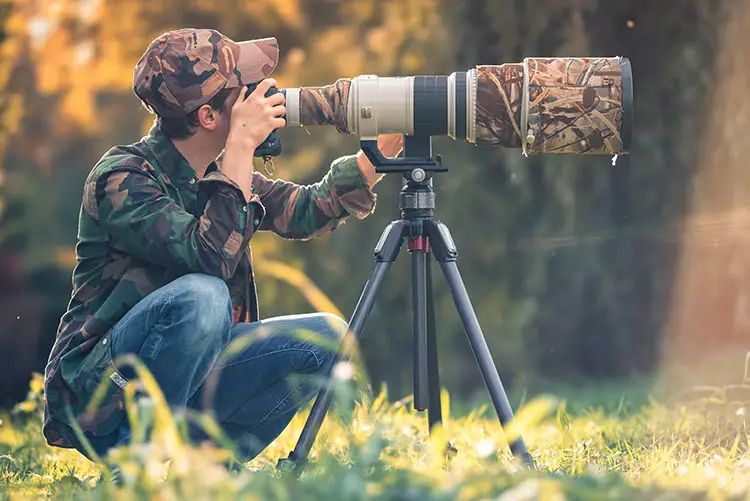
Pros
- Variable focal length often available: As mentioned, you can get variable focal length telephoto lenses. This allows you to adapt to different situations and easily change your composition style, without relying on physically moving closer or further away from the subject.
- Can usually bring objects much closer: Most macro lenses have a maximum focal length of 135mm. In contrast, there are super-telephoto lenses with focal lengths of 1200mm. This makes them the superior choice for wildlife photography.
Cons
- Smaller maximum apertures: Generally, standard telephoto lenses have a smaller maximum aperture of f/4. This means you do not have as much potential control for shutter speeds, and the low-light capabilities may not be as great.
Macro vs Telephoto Lens: Which One Should You Use?
You should now have an understanding of how each lens type works. But what should you use them for? Generally speaking, macro lenses are great for detailed closeups, while telephoto lenses are great for sports, wildlife, and portrait photography.
Macro Lenses – For detailed closeup shots
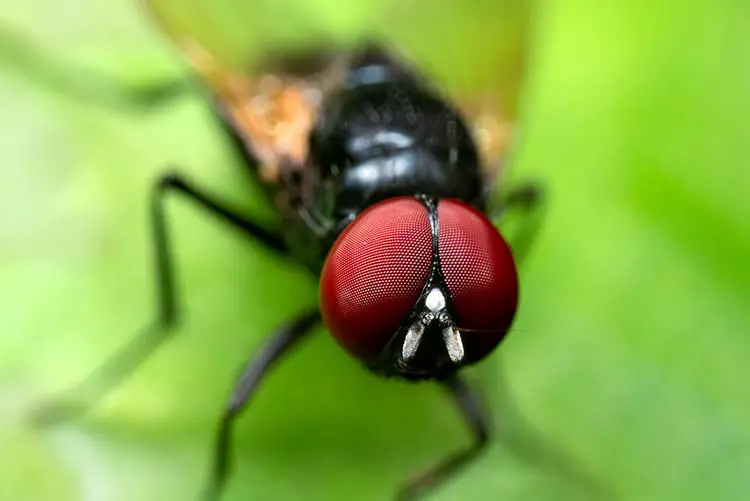
This type of specialist lens is designed to get the maximum detail from your subjects. The most common use of macro lenses is therefore for insects, animals, and plant life.
Using a macro lens, you can take incredibly detailed shots of the head of an insect for example. Alternatively, you could use a macro lens to photograph the single filaments and pollen dust inside a flower.
Macro lenses are great if you want to emphasise details or photograph aspects of your subjects that wouldn’t be possible with a standard lens.
Telephoto – For sports, wildlife, and portrait photography
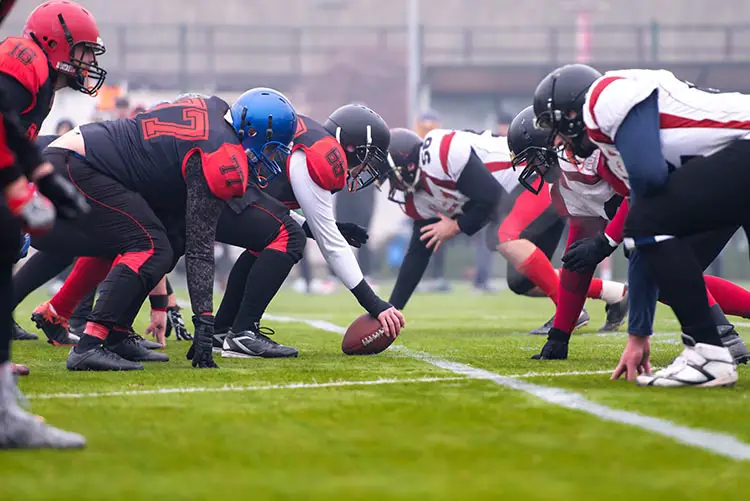
Telephoto lenses are firstly great when you cannot get close to a subject but still want detail. For example, perhaps you are a bird watcher and want to photograph the birds you see. The focal length of a telephoto lens would allow you to do this.
Similarly, telephoto lenses are great for sports photography. You can comfortably sit in the stands at a sporting event and use your telephoto lens to photograph the participants as if you were standing next to them.
Lastly, telephoto lenses also have use for portraits and shots where you want your subject to be the focal point of your image.
Read More:
What is a macro lens used for?
24mm vs 35mm focal length comparison


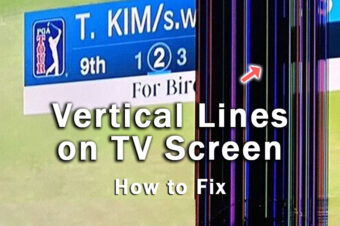
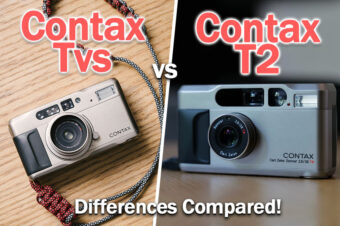

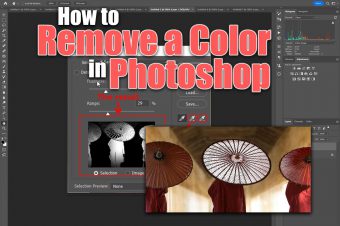
Leave a Reply